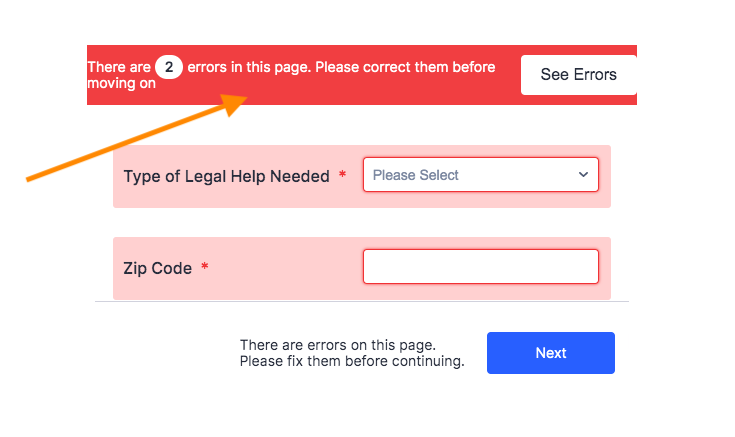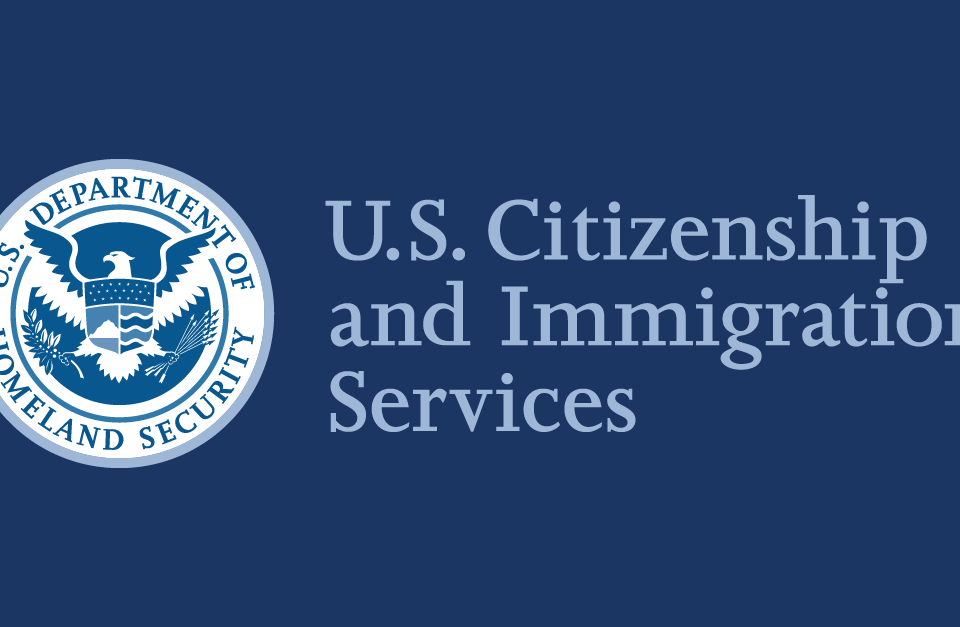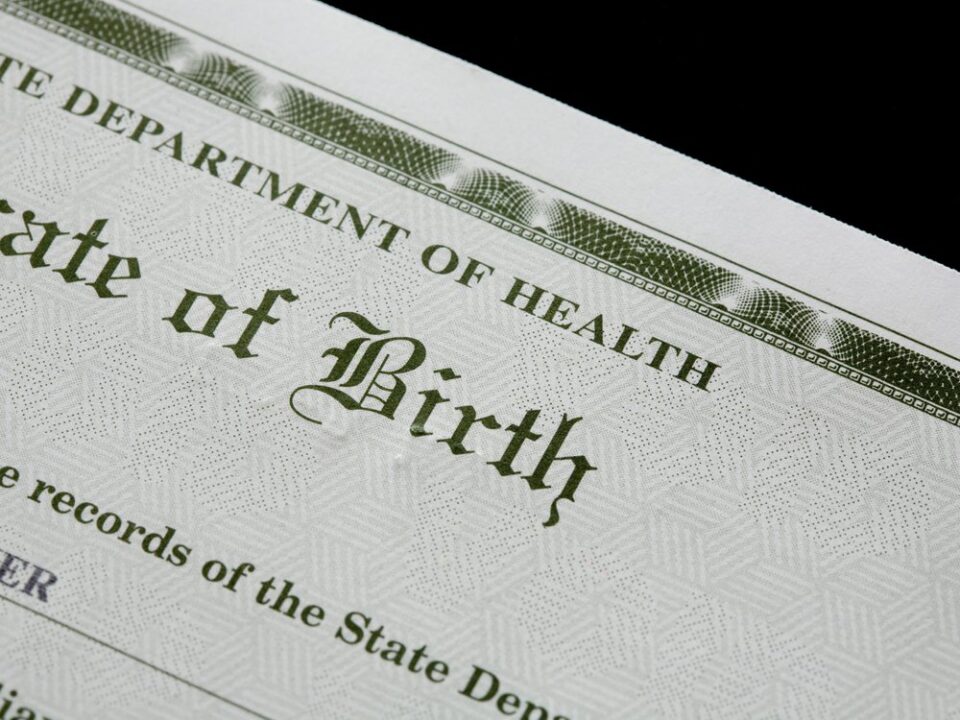
What Are the Requirements for Australian Immigration in 2019?
June 11, 2019
Things to Avoid with Your USA Visitor Visa Application
July 27, 2019An F1 visa is kind of US student visa, issued to international students intending to attend educational institutions in America. It covers the applicant’s elementary school, university & graduate school, in addition to other degrees. Once you are accepted by one of these institutions, you can apply for the F1 visa.
If you are a citizen of a country that is part of the Visa Waiver Program, you can’t start your education in the United States without getting an F1 visa. But if your application is accepted for a non-credit bearing course in America, you could go ahead and apply for a B1/B2 visa or opt for the Visa Waiver Program without the need to apply for an F1 visa.
The F1 visa doesn’t have a cap, which means every student that is able to meet the required conditions and have a successful application will be issued the visa. As an F1 student, you are expected to complete your studies on the date your I-20 form (Certificate of Eligibility for Non-immigrant Student Status) expires. This form will be given to you by the US college or university you’ve been accepted to and are planning to attend.
Qualifications for F1 Visa
To qualify, you are required to satisfy many strict criteria during an F1 visa interview. These pre-conditions are explained as follows:
Admission offer from a Student Exchange Visitor Program (SEVP) accepted institution
You must get an offer of admission from a college or university, accepted by the Student Exchange Visitor Program. The SEVP has a list of institutions (schools, universities, etc.) that satisfy the conditions and accept applications from international students. To even qualify to apply for an F1 visa, you have to first submit an application and gain admission to study a particular course in such a SEVP-accepted institution.
You are advised to first check the SEVP and confirm if your preferred institution(s) is listed there before you apply to the school or university.
Foreign Residence
As an F1 applicant, you must have a foreign residence. And you must be willing to return there when you have completed your studies.
Financial Support
You have to demonstrate sufficient financial support to get an F-1 visa.
English Language Proficiency
As a prospective international student, you must demonstrate you can speak and understand English by taking standardized English proficiency tests (TOEFL or the IELTS).
Ties to Your Home Country
You must show you’ve strong ties to your home country, strong ties that comprise — but not limited to — these:
- A job offer letter on completing your studies
- Bank accounts
- Assets (such as a house, vehicle, land, and so on)
- Family
When Can You Apply for the F1 Visa?
You can apply for the visa 120 after you’re admitted into the institution of your choice and days before you’re scheduled to start the program. While you can’t apply any earlier, applying later could lead to a delay as a result of processing times. Thus, once the 120-day countdown starts, ensure that you apply for the visa.
How to Apply for F-1 Visa
There are many steps to be taken to submit an application for the F1 visa. Though the steps outlined below are the typical procedure to follow in applying for an F-1 visa, there could be differences depending on the US Embassy, as well as the location, you’re applying from.
Here are the steps you must go through to apply for the F1 visa:
- Obtain your admissions documents from the SEVP-accepted college or university (the Certificate of Eligibility for Nonimmigrant Student Status, Form I-20, is the most important document you must have)
- Submit your application online using the DS-160 form.
- Pay the fee for your application.
- Pay the fee for the SEVIS I-901.
- Schedule an F-1 visa interview.
- Submit your file, which includes your F-1 visa required documents.
- Get your student visa interview done.
Online Application via the DS-160 Form
After getting the Form I-20, start the normal application process, which includes filing your DS-160 form on the Internet, along with other relevant info about your visa status.
Paying the Application and SEVIS I-901 Fees
You will be required to pay an application fee of $160 for your F1 student visa. Ensure you keep the receipt after paying, as you’ll need it later as part of your interview documents. You might be asked to pay other fees, depending on your country of origin, as well as the US Embassy, you’re applying from.
Once you’re admitted by the SEVP institution, the institution will register you in the Student and Exchange Visitor Information System, SEVIS, immediately. To be fully registered, there’s a SEVIS I-901 fee you will need to pay ($200 for the F1 visa).
Scheduling F1 Visa Interview
The next thing is to schedule your interview, which is a mandatory step before you can be issued an F1 student visa. Try scheduling the interview as early as possible, as you might encounter delays as a result of huge workload of the US Embassy. On scheduling it, you’ll be given an interview appointment letter. Keep this as you’ll need it later on in your application process.
Submitting Your File with the required F-1 Visa Documents
Get your file ready with all the required F1 visa documents before you go for the interview. You have to submit a series of standard required documents for all US visas, along with the relevant documents for an F-1 visa.
- 2 passport photographs that satisfy the US Visa Photo Requirements.
- Documents that serve as proof of your previous education & present qualifications: standardized test scores (IELTS, TOEFL, GMAT, GRE, and so on), original transcripts, acceptance letters from the US schools that accepted you, previous degree diplomas you acquired.
- Form I-20 indicates the amount of funds you would need for financing your education and living in America. You have to submit documents that serve as proof the specified amount is readily available. Such documents could be any of the following:
- Bank statements for the last 36 months (3 years)
- Tax records for the last 36 months (three years)
- If you’ve won a scholarship, you have to show the necessary evidence
- Pay stubs (or paycheque) of your previous employment
- It is also an excellent idea to pay a semester’s or a year’s worth of tuition, though this is not mandatory
- If you’re sponsored or supported by an individual in the United States, you’ll be required to submit Form I-134, Affidavit of Support as well as bank statements for the last 36 months (3 years) of that sponsor.
- If you’re funding your education in the US via a loan, you are equally required to show evidence of the approved loan
Need to process admission and get Visa to study abroad? Send us a message now!
info@travelrify.com




